A stitch in time
People
A country teacher with a love for detective work has written the fascinating history of how English nuns came to establish one of Adelaide’s leading needlework studios.
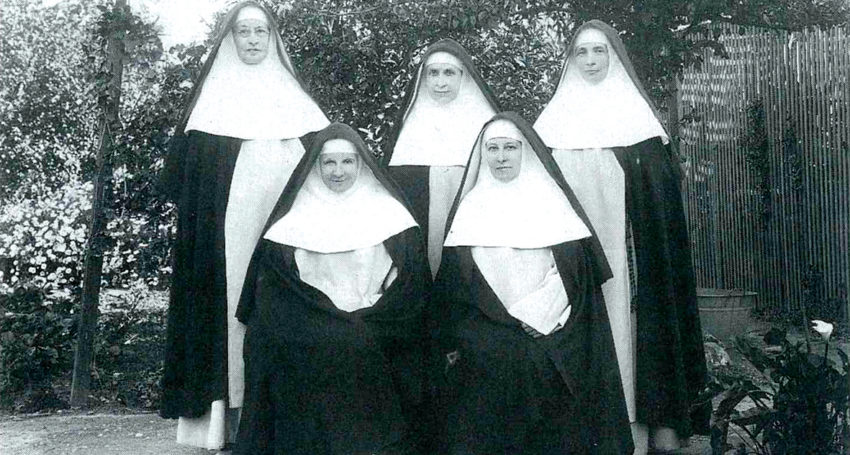
Jo Vandepeer’s sleuthing in two countries has brought together all the details of how Dominican Sisters arriving from England first set up a Catholic needlework atelier in South Australia, which went on to become a thriving and diverse business.
It’s a story that has been somewhat neglected Jo says in a comprehensive essay, for which has been awarded the annual MacGinley Award by the Australian Catholic Historical Society.
The nuns were remarkable women, resilient and persistent under duress, and their skills in needlework and illumination were outstanding, even by the high standards set by the city’s two existing Anglican guilds.
‘Of all the ecclesiastical embroidery made by South Australian women, the work held in the St Dominic’s Priory Museum is arguably the finest,’ Jo writes. ‘This is because the founding Community arrived with the skills to create such celestial beauty.’
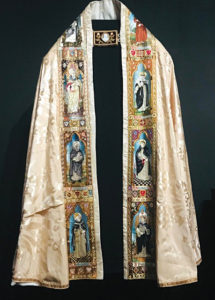
St Dominic’s Cope
Now both Jo and Sr Jill Havey, who was principal of St Dominic’s for nearly five decades, hope the essay and award will help spread the word about the most spectacular production of the atelier – St Dominic’s Cope (often incorrectly called the Lundberry Cope).
The cope was designed by Mother Rose Columba Adams, leader of the eight nuns and postulates from Stone in England who arrived in Adelaide in 1883 to a warm welcome – and then bad news.
Advertisement
All were volunteers, having been enticed down under by two newly converted female members of the Baker family of Morialta to establish what would become Calvary Hospital. To prepare, some had undertaken a few weeks of basic training at a hospital in Ireland.
Catholic authorities in England then had a change of heart, however, deciding it was not appropriate for nuns to work in a general hospital treating both men and women. In short, the deal was off.
The new arrivals were entitled to a free ticket home, but they decided to stay and make their own way. It was no small ask, given that they suddenly had no income.
Fortunately, they were able to fall back on their creative skills.
‘In the context of Victorian societal mores, an income derived from decorative needlework, especially that connected to the church, was particularly acceptable as a form of employment for gentlewomen,’ Jo writes.
Acceptable and, in Adelaide, very much in demand. The rapid growth of both Catholic and Anglican churches at the time ensured there was plenty of ecclesiastical work around, while the mothers of North Adelaide were very keen for their daughters to learn from the best.
Advertisement
Led by Mother Rose Columba Adams, whose administrative ability and entrepreneurial flair matched her artistic and architectural design skills, and Sister Francis Philomena Ullathorne, who won awards for her illumination work, the atelier developed a thriving ecclesiastical and secular business.
Commissioned work included illuminations for Pope Leo XIII and Queen Victoria. More day-to-day output included lingerie and articles for trousseaus.
By January 1884, they were sufficiently solvent to open an ‘Advanced School’ to ‘pay the rent and to benefit our neighbours’. The atelier was still doing business into the 1930s. St Dominic’s Priory, of course, continues to this day.
‘What started as instruction in needlework, illumination, music, painting and languages, manifested into an academic curriculum leading to university entrance,’ Jo writes. ‘Moreover, they provided women of the wider community with a model of commercialising existing skills.’
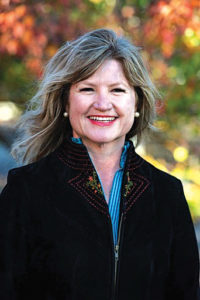
Jo Vandepeer
Jo’s own backstory is interesting in itself.
Originally trained in classical voice, and for a while a singer with State Opera chorus, she turned to teaching as a more stable career and over the past 30 years has “taught everything but science” at schools in Queensland, Melbourne and, since 2004, Clare Valley and the mid north.
An art historian always lurked beneath the surface, however, and when the opportunity presented itself, she started a Masters degree looking at the history of women woodcarvers.
“I had a great aunt who was one of the carvers; I inherited a box she made and knew nothing about it, and this started a whole journey,” she said.
Masters complete, the journey then “moved sideways” into an area of personal interest: she is completing a PhD into the history of Art Needlework in SA between 1876 and 1901.
What soon became obvious was that the nuns of St Dominic’s were an important piece of the puzzle, and a fascinating story in their own right.
There are numerous side stories as well, including links to England’s famous Leek Embroidery Society, but what stands out for Jo is “how ecumenical the thinking” was between the Anglican and Catholic women in colonial SA.
“They were united by embroidery and art needlework.”


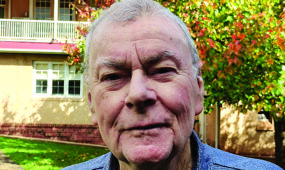
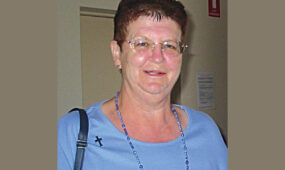
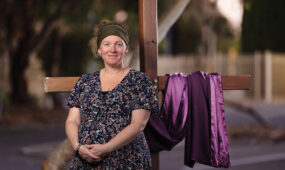


Comments
Show comments Hide comments